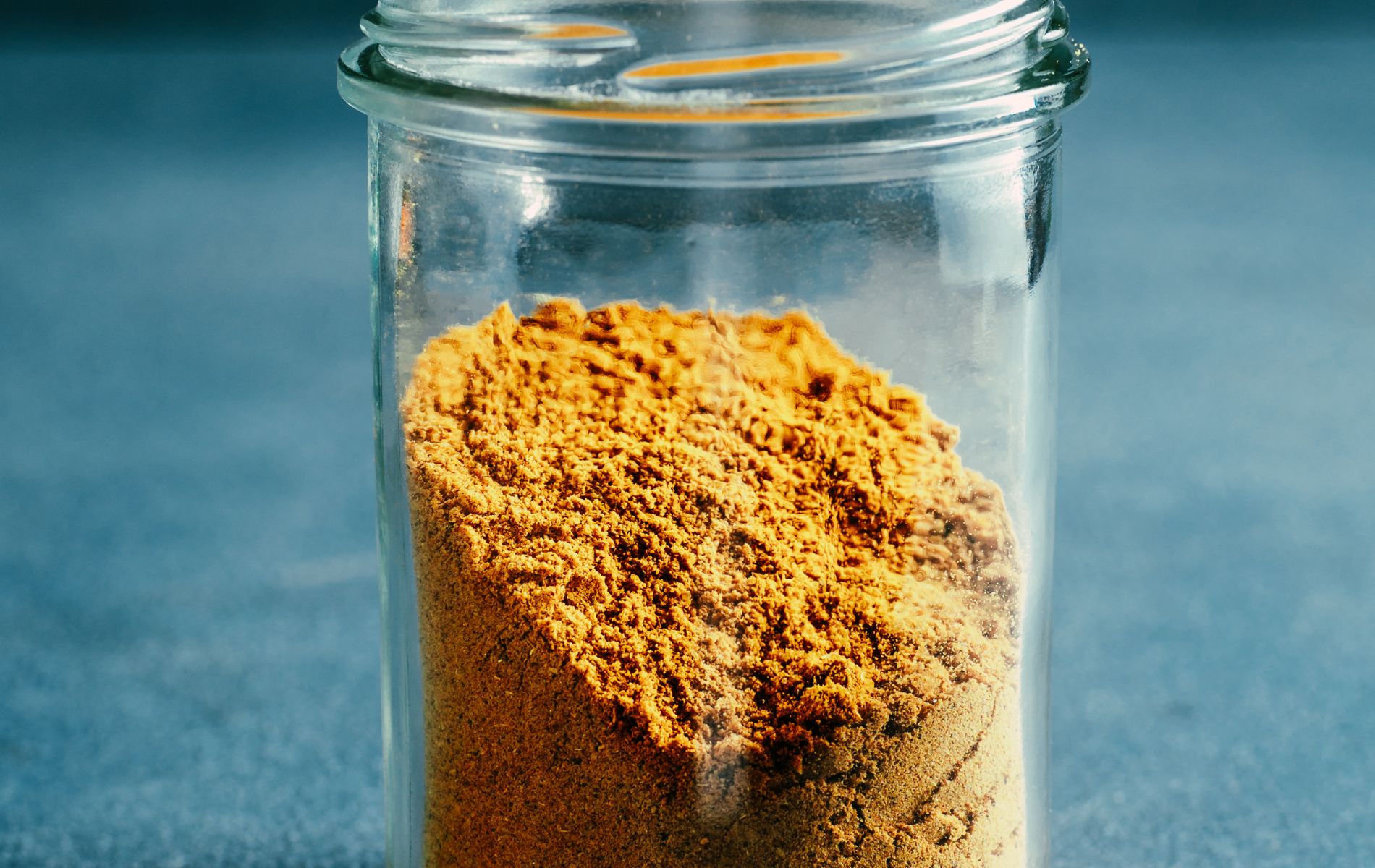Currently Empty: ₹0.00

Dry Chutney Masala vs Wet Chutney Masala – Understand the Difference
In all Indian kitchens, chutneys are an indispensable component that adds zing to even the most basic meal. What distinguishes the chutneys from others is the ideal combination of spices known as chutney masala. From street-side vada pav to homemade sandwich or spicy dosas, chutney masala is the hero behind that irresistible flavor.
But not all chutneys. The difference is majorly based on the type of chutney masala employed. Some demand dry chutney masala, whereas others cannot do without wet chutney masala. Both have their own taste, use, and method of preparation, and therefore are different in nature.
What is Dry Chutney Masala?
Dry chutney masala is prepared from dry roasted items such as garlic, red chilies, sesame seeds, peanuts, and coconut. The ingredients are blended without water, hence its powdery or coarse consistency. Dry chutney masala is capable of being stored for a long period and used as a topping on various dishes to add flavor instantly.
The best part about dry chutney masala is that it does not need to be refrigerated and remains fresh for weeks if stored properly. This kind of chutney masala is commonly found in Maharashtra, Gujarat, and South Indian cuisine where it is consumed on a daily basis.
Dry chutney masala is also applied to snacks such as vada pav, bhakri, or added over rice and dal for that extra kick of flavor.
What is Wet Chutney Masala?
Fresh ingredients are mixed with water, lemon juice, or oil to make a paste for preparing wet chutney masala. Fresh coriander, mint leaves, ginger, garlic, green chilies, tamarind, and coconut are a few usual ingredients of wet chutney masala.
In contrast to dry chutney masala, the wet one must be consumed immediately or refrigerated for a short while. Wet chutney masala provides moisture, freshness, and fragrance to a dish and is ideal for sandwiches, dosa, idli, and snacks such as samosas and pakoras.
Individuals enjoy the freshness and souring flavor of wet chutney masala, which completes the overall experience of eating.
Texture & Storage Difference
The primary difference between dry chutney masala and wet chutney masala is texture. Dry chutney masala is coarse and crumbly in texture, while wet chutney masala is smooth and creamy.
Dry chutney masala retains a longer shelf life and is less prone to spoilage and is therefore travel-friendly. Wet chutney masala is very perishable and requires refrigeration to last longer.
Most busy homes like to have dry chutney masala available for rapid meals, whereas wet chutney masala is prepared fresh for special occasions or celebrations.
Flavor Profile
Dry chutney masala provides a nutty, roasted, spicy flavor that stays with the tongue. It provides heat without moisture, so it makes great use as a snack like vada pav or even on buttered bread.
Wet chutney masala is tangier, spicier, and more refreshing because of its fresh herbs and citrus ingredients. It goes well with fried snacks, grilled foods, and street foods.
The availability of chutney masala in both wet and dry forms enables food enthusiasts to have a range of flavors depending on the dish.
Common Dishes Made Using Dry Chutney Masala
→ Vada Pav
→ Bhakri & Roti
→ Parathas
→ Theplas
→ Rice & Dal
→ Stuffed Vegetables
→ Dry Bhel or Chaats
Dry chutney masala can also be applied in a creative way to sandwich spreads or used as sprinkles over boiled eggs for that extra kick.
Common Dishes Featuring Wet Chutney Masala
→ Dosa & Idli
→ Sandwiches
→ Samosa & Pakora
→ Pav Bhaji
→ Dhokla
→ Rolls & Wraps
→ Grilled Starters
Wet chutney masala provides an irresistible freshness that offsets spicy or fried food.
Nutritional Value
Dry and wet chutney masala are healthy depending on their ingredients. Dry chutney masala containing garlic, sesame, and peanuts offers protein, healthy fats, and essential minerals.
Wet chutney masala prepared with coriander, mint, and ginger contains antioxidants, vitamins, and digestive properties. Taking chutney masala regularly in a moderate amount can increase metabolism and enhance digestion.
Homemade vs Store Bought
Homemade chutney masala is always given preference over packaged ones due to freshness, purity, and the option to customize the flavors. Nevertheless, some brands now provide good-quality chutney masala powders and wet pastes that mimic original taste.
Chutney masala, dry or wet, can be easily made at home and stores enjoy selling regional mixes such as Maharashtrian, Gujarati, or South Indian style chutney masala.
Global Love for Chutney Masala
Now, chutney masala is not just confined to Indian kitchens. Individuals across the globe are falling in love with the strong flavors that chutney masala adds to food. Whether in wraps, burgers, or even dips, chutney masala has become a part of contemporary kitchens.
Chefs and food bloggers play around with chutney masala to make fusion foods popular among global consumers.
Conclusion
Selecting dry or wet chutney masala is purely a matter of the dish and personal taste. Both are equally essential in Indian cuisine and provide distinctive flavors that can turn any normal dish into an extraordinary one.
Having both varieties of chutney masala available in the kitchen allows you to prepare a variety of dishes with ease while relishing the real flavor of Indian spices.





